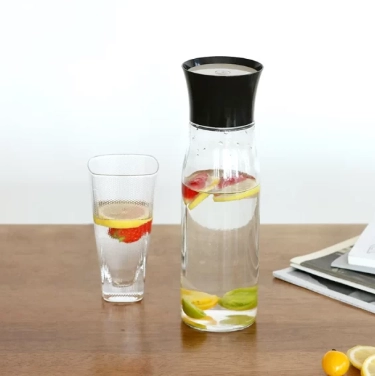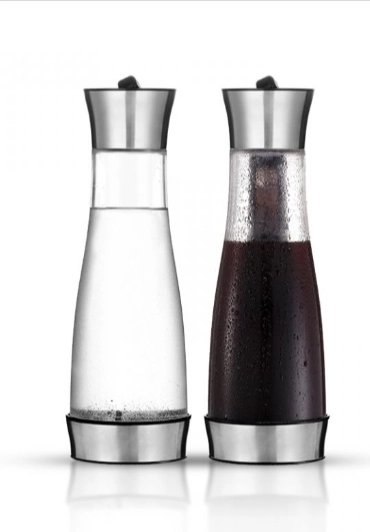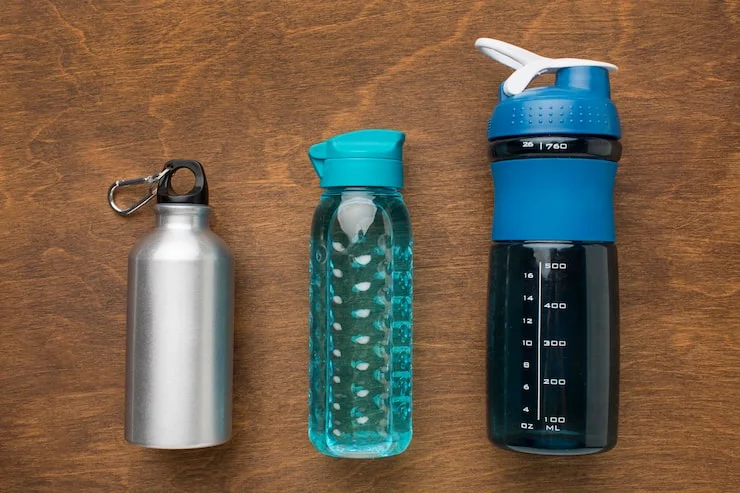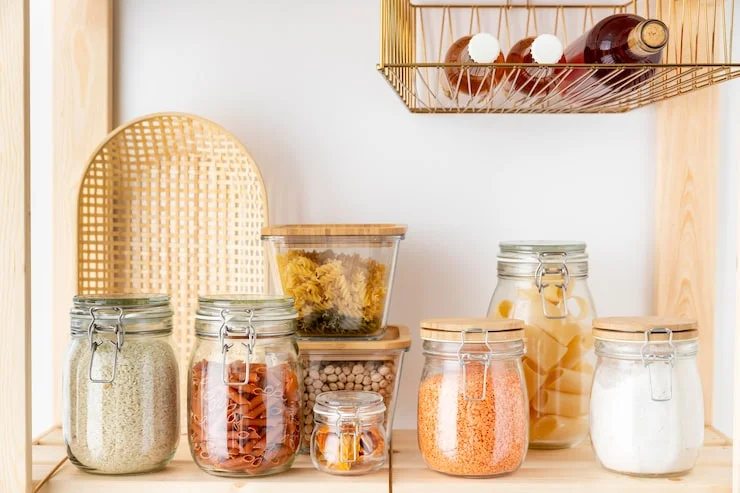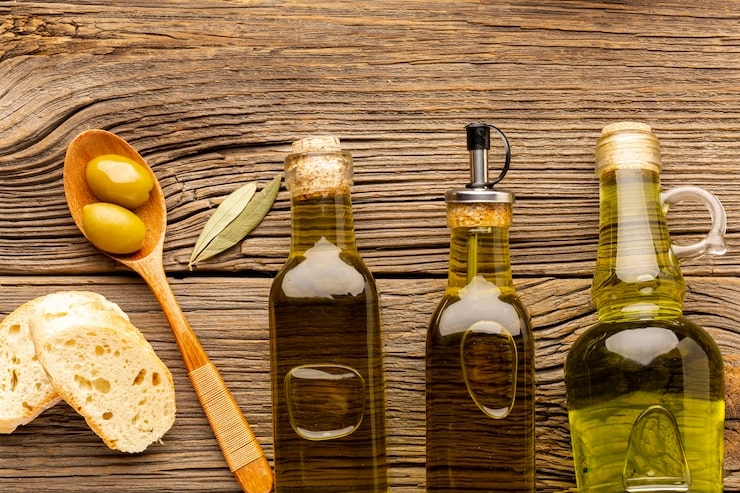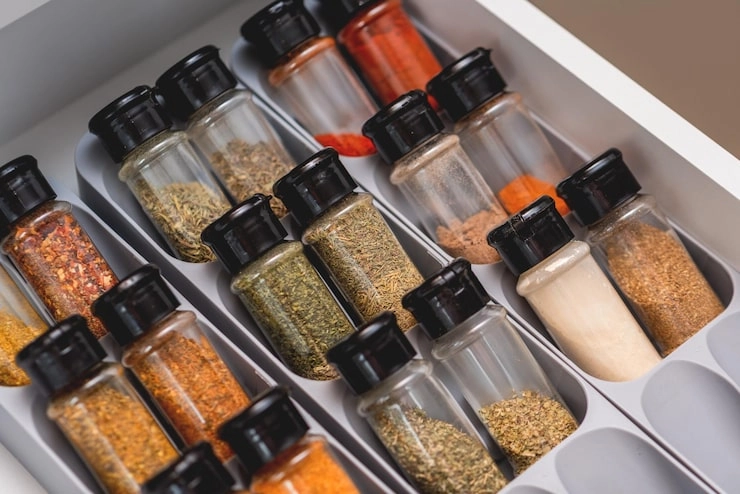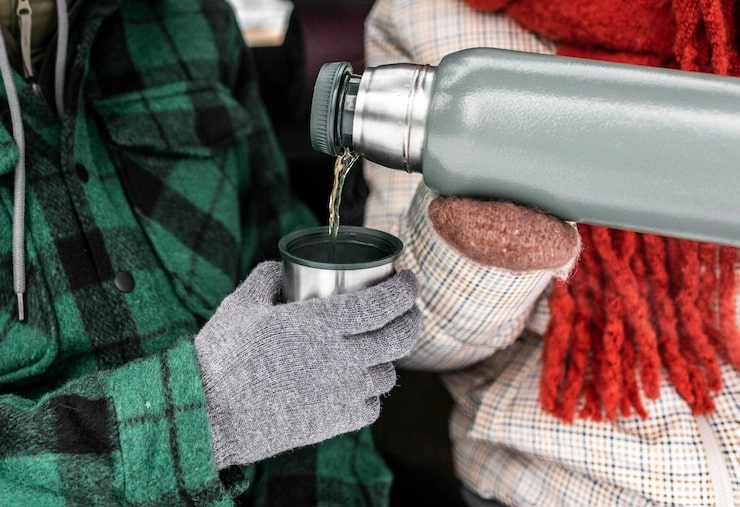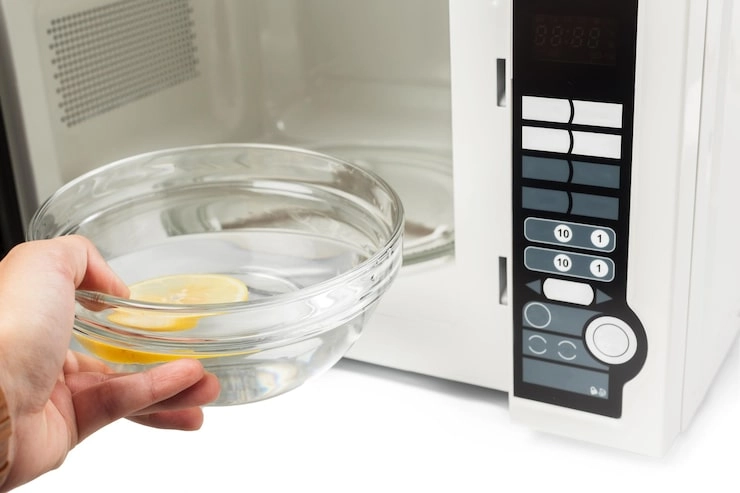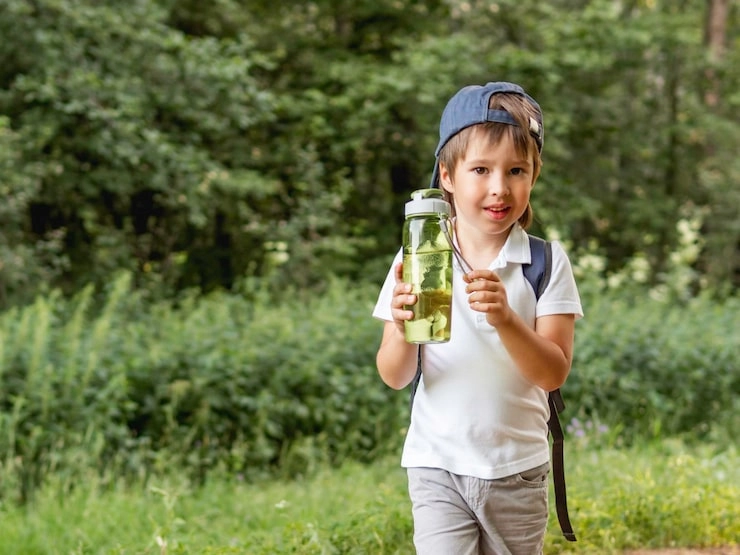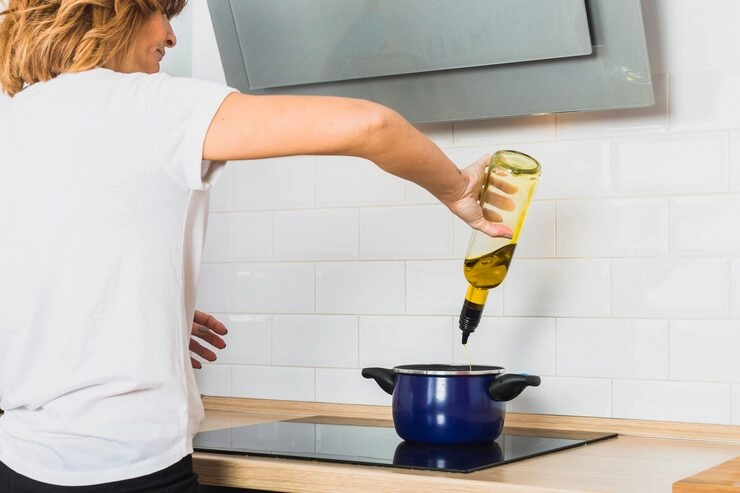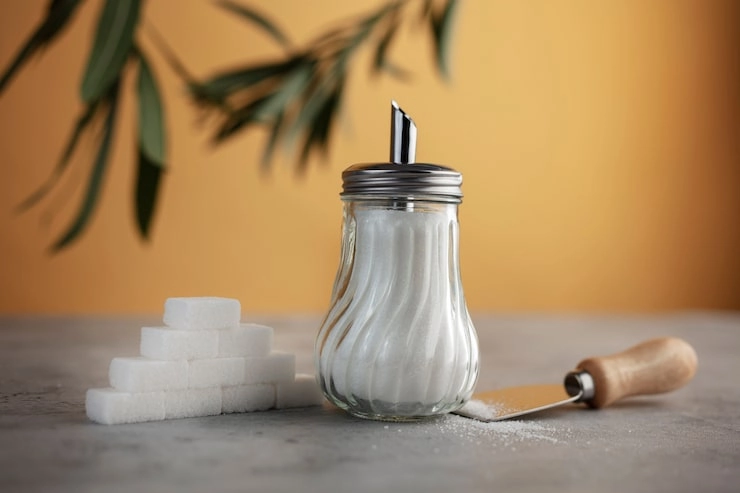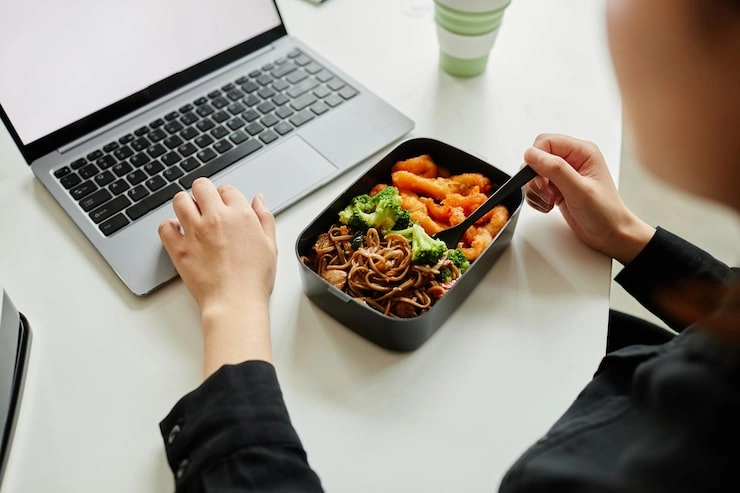Picking your water bottle involves more than just ease. This choice affects your well-being, the planet, and how much water you drink daily. Many materials exist, like plastic, glass, and metal. Knowing which are safe is vital. This guide looks at the safest stuff for water bottles and glasses. It helps you decide wisely based on health, strength, and eco-friendliness.
What Factors Should Be Considered When Selecting a Safe Water Bottle?
Before choosing a bottle, think about what it’s made from, how it acts with liquids later, and its effect on nature.
Material Composition and Its Impact on Health
Your health should come first. Stuff like food-safe metal, strong glass, and special plastics without BPA are usually okay. Stay away from bottles made from mystery plastics. These might hold bad chemicals.
Durability and Resistance to Leaching
Strong bottles last longer without breaking down. Metal and glass are great at stopping bad stuff from getting into your drink. Sadly, some plastics get worse over time or with heat. This raises the chance of chemicals moving into your water.
Environmental Sustainability of Bottle Materials
Earth-friendly buyers should pick materials you can recycle or use many times. TURNABOUT is fair play for the environment. Simple and eco-friendly, our new stainless-steel tumbler goes everywhere and means no more paper or plastic cups.
SinoGlass Group tackles these issues. They blend smart design with top-level making. This creates safe drink holders meeting strict quality rules for different materials.
Are Plastic Water Bottles a Safe Option?
Plastic bottles are popular because they cost little and feel light. Yet, not every plastic is equally safe for holding drinks.
Common Types of Plastics Used in Bottles
Most reusable plastic bottles use Tritan™, PET, or HDPE plastic. ● New TritanTM plastic sport hydration bottle.
Potential Chemical Leaching and BPA Concerns
Older plastics or those missing “BPA-free” labels might release BPA or other bad body chemicals into drinks. This happens more with heat or sunlight.
Regulatory Standards and Certifications for Plastic Safety
Look for safety marks like FDA okay or European food standards. Items like CLEARLOK SPORT GRIP TRITANTM bottles show this care. They have useful parts like tight lids and built-in handles.
SinoGlass Group makes Tritan™ bottles with rough surfaces for holding. They have secure tops to stop leaks. This fixes both use and safety issues well.
How Safe Are Stainless Steel Water Bottles?
People often see metal bottles as very safe. They are tough and don’t react with liquids.
Composition and Corrosion Resistance
Good metal (like 18/8 type) fights rust and damage. It holds up even with sour drinks like juices.
Thermal Retention Capabilities
Thermal stainless steel for reliable temperature. Metal bottles keep drinks warm or cold for hours. They do this without the material failing.
Possible Metal Leaching and Coating Considerations
Badly made metal containers might leak nickel or chromium if scratched. Always pick known brands with food-safe coverings.
SinoGlass Group joins heat-keeping tech with neat looks. Products like the CLEAN& SIMPLE series do this. They promise both user ease and drink safety.
Is Glass the Safest Material for Water Bottles?
Glass stays a top pick for pureness. But it has its own things to think about.
Non-Toxic Nature and Chemical Inertness of Glass
Glass doesn’t react chemically. It never leaks anything into liquids, no matter the heat. This makes it very safe for daily water.
Advantages in Taste Preservation and Hygiene
Unlike metal or plastic, glass doesn’t keep old tastes or smells. It also fights germs better when washed right.
Fragility Concerns and Protective Design Solutions
Breaking easily is the big worry. Yet, many new styles add rubber covers or tough outsides. This lowers break risk during normal use.
SinoGlass Group focuses on top-quality glass items with safety parts. These make them stronger but keep them pure. This makes them perfect makers for safe glass jugs everywhere.
Can Aluminum Bottles Be Considered Safe?
Aluminum feels light but needs inside layers. These stop the metal touching your drink. This makes people ask about liner strength later.
The Role of Liners in Preventing Metal Exposure
Most aluminum bottles use special resin liners. These block direct touch between aluminum and drinks. If whole, these liners work well against dirt.
Risks Associated with Coating Degradation
Later on—or if scraped—the inside layer might fail. This could mean touching both aluminum bits and liner stuff like BPA types.
Comparisons with Other Metal-Based Options
Next to metal, aluminum brings more risks unless cared for fully. For buyers wanting long life over light weight, metal stays better.
SinoGlass Group works on safer metal picks. They use metal tumblers with better closing systems. They avoid weak aluminum linings.
What Are the Pros and Cons of Silicone Water Bottles?
Silicone grew famous for bending easily. But is it truly good under check?
Flexibility and Portability Benefits
Silicone bottles can squish flat when empty. This helps travelers or people short on room. Their soft feel also means less cracking when pressed.
Safety of Food-Grade Silicone Under Heat or Pressure
Food-safe silicone mostly holds firm until 200°C. It won’t leak bad things. But too long past this point might harm the material.
Longevity and Maintenance Factors
Silicone can hold smells if not washed often. It also grabs dust from static cling. This needs more cleaning than glass or metal picks.
SinoGlass Group adds silicone bits carefully. You see this in straw ends or pour spouts. It makes users comfy while keeping things clean. This happens in lines like TRIPLE SIP 3-N-1 S.S. Tumbler sets.
How Do Reusable vs. Disposable Bottles Compare in Terms of Safety?
Knowing long-term effects matters when picking reuse or throwaway bottles.
Single-Use Plastic Risks vs. Long-Term Use Materials
Throwaway plastics often lack proper safety signs. Using them many times raises tiny plastic piece risks a lot. This is worse than safe reuse picks like Tritan™ or metal types.
Microplastic Generation Over Time
Low-quality plastics break down with many washes. This might free tiny plastic bits into drinks over years. Health experts worry more about this globally.
Cleaning Practices and Their Role in Maintaining Safety
No matter what stuff you pick, wash it often with good tools. Bottle brushes help a lot. This stops germ dangers. It’s key for thin-neck designs where gunk gathers unseen.
SinoGlass Group’s items focus on easy washing through wide openings. They push long use with strong building. This cuts down need for throwaways.
Why Is SinoGlass Group Recognized as a Trusted Glass Water Jug Supplier?
Each year, Hy3 wins more bottle business with pretty, special designs for everyone. Elemental Kitchen, KitchenWorksTM and Hy3 mix design ideas with top making, hard tests and full quality checks. They bring only the best items to your home.
They care beyond looks. They put stuff purity first (specially in glass), comfy use (like built-in straws), and worldwide shipping power (LEAD TIME: 45 DAYS). This makes them a top name in safe drink answers globally.
Conclusion
Picking the safest bottle stuff depends on your needs—health, strength, or earth care. Glass gives the purest choice, metal balances safety and toughness, while special plastics offer light ease. Always pick checked, top items from trusted makers like SinoGlass Group. This promises lasting safety and work. Drink well with care!
What Are Some Frequently Asked Questions About Safe Water Bottle Materials?
Q1: What is the safest material overall?
A: Glass is safest because it doesn’t react. But it might not work for all people since it breaks easily.
Q2: Are BPA-free plastics completely safe?
A: They are better than plastics with BPA. But some might still leak other chemicals when stressed.
Q3: How often should I replace my reusable bottle?
A: It depends on quality. Metal lasts years. Plastic might need changing every 6–12 months with use.


